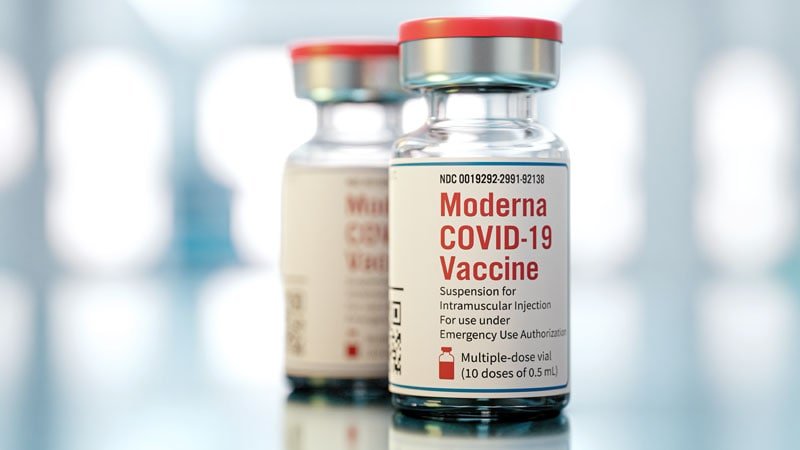Editor’s note: Find the latest COVID-19 news and guidance in Medscape’s Coronavirus Resource Center.
The FDA on Friday shortened the time that people who received Moderna’s COVID-19 vaccine need to wait for a booster — from 6 months to 5 months.
That means Americans 18 years old and older who received their second shot of the two-dose Moderna vaccine at least 5 months ago can now get a third dose.
“The country is in the middle of a wave of the highly contagious Omicron variant, which spreads more rapidly than the original SARS-CoV-2 virus and other variants that have emerged,” Peter Marks, MD, director of the FDA’s Center for Biologics Evaluation and Research, said in a statement.
“Vaccination is our best defense against COVID-19, including the circulating variants, and shortening the length of time between completion of a primary series and a booster dose may help reduce waning immunity,” he said.
The most commonly reported side effects for Moderna’s booster dose are pain, redness, and swelling at the injection site, the FDA said in the announcement, as well as fatigue, headache, chills, and muscle or joint pain.
On Friday afternoon, Rochelle Walensky, MD, the director of the CDC, said she also approved of shortening the timeline for the Moderna booster dose, according to CNN. The CDC’s vaccine advisory committee recommended the FDA’s decision, and she signed off on it.
Earlier this week, the FDA shortened the timeline for Pfizer’s COVID-19 vaccine booster. Now ages 12 years and older can receive a third dose of the Pfizer vaccine after 5 months. The CDC also backed the FDA’s decision for the Pfizer booster.
The most commonly reported side effects for Pfizer’s booster dose are similar to Moderna’s booster, such as pain, redness, and swelling at the injection site, the FDA said, as well as fatigue, headache, chills, and muscle or joint paint. Of note, swollen lymph nodes in the underarm were more frequent for the Pfizer booster dose than after the second dose.
“Throughout the pandemic, as the virus that causes COVID-19 has continuously evolved, the need for the FDA to quickly adapt has meant using the best available science to make informed decisions with the health and safety of the American public in mind,” Janet Woodcock, MD, the acting FDA commissioner, said in a statement.
“With the current wave of the Omicron variant, it’s critical that we continue to take effective, life-saving preventative measures such as primary vaccination and boosters, mask wearing and social distancing in order to effectively fight COVID-19,” she said.
The FDA and CDC still recommend that those who received the single-dose Johnson & Johnson vaccine get a booster dose after 2 months.
Nearly 79% of Americans age 5 years and older have received at least one COVID-19 vaccine dose, according to the latest CDC data, and 66% are fully vaccinated. About 38% of adults have received a booster dose, including about 60% of people 65 years old and older who are considered the most vulnerable to severe COVID-19.
For more news, follow Medscape on Facebook, Twitter, Instagram, and YouTube.
Source: Read Full Article
